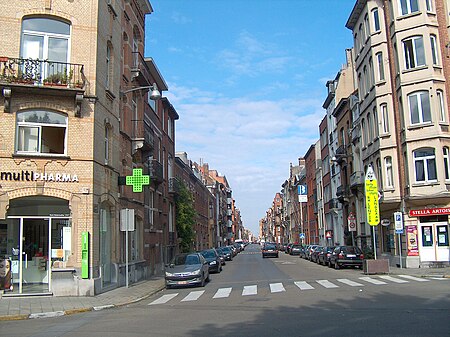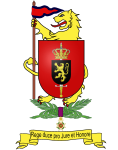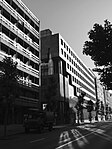This article outlines the present structure of the European Union's Common Security and Defence Policy (CSDP), a part of the Common Foreign and Security Policy (CFSP) based on articles 42–46 of the Treaty on European Union (TEU). Article 42.2 of TEU states that the CSDP includes the 'progressive framing' of a common Union defence policy, and will lead to a common defence, when the European Council of national heads of state or government, acting unanimously, so decides.
The CSDP involves military or civilian missions being deployed to preserve peace, prevent conflict and strengthen international security in accordance with the principles of the United Nations Charter. Military missions are carried out by EU forces established with contributions from the member states' armed forces. The CSDP also entails collective self-defence amongst member states as well as a Permanent Structured Cooperation (PESCO) in which 25 of the 28 national armed forces pursue structural integration. The CSDP structure, headed by the Union's High Representative (HR/VP), Josep Borrell Fontelles, comprises:
the Defence Industry Directorate-General of the European Commission
relevant sections of the External Action Service (EEAS) — including the Military Staff (EUMS) with its so-called Military Planning and Conduct Capability (MPCC)
a number of Foreign Affairs Council (FAC) preparatory bodies — such as the Military Committee (EUMC)
four agencies, including the Defence Agency (EDA)The EU does not have a permanent military command structure along the lines of the North Atlantic Treaty Organization's (NATO) Allied Command Operations (ACO), although it has been agreed that ACO resources may be used for the conduct of the EU's CSDP missions. The MPCC, established in 2017 and to be strengthened in 2020, does however represent the EU's first step in developing a permanent military headquarters. In parallel, the newly established European Defence Fund (EDF) marks the first time the EU budget is used to finance multinational defence projects. The CSDP structure is sometimes referred to as the European Defence Union (EDU), especially in relation to its prospective development as the EU's defence arm.Decisions relating to the CSDP are proposed by the HR/VP, adopted by the FAC, generally requiring unanimity, and then implemented by the HR/VP.










